Table of Contents
Pistachio shells can be composted as carbon-rich brown materials. Due to their fibrous nature, the shells take a long time to completely break down. Correct preparation and optimal composting conditions are crucial factors in efficiently composting pistachio shells. Most composting methods are suitable for processing these nutshell wastes into a nutrient-rich soil amendment for your garden.

Aside from composting, pistachio shells have other beneficial uses for your garden. They work well as mulch and pot filler. If you’re into arts and crafts, pistachio shells are great raw materials to create flower-like decorations.
Get to know the intricacies of composting pistachio shells.
How to Compost Pistachio Shells
Treat pistachio shells as carbon-rich brown materials. By properly preparing them, you can speed up decomposition and maximize their benefits to your compost pile. Before composting your pistachio shells, identify if they are salted.
Preparing Pistachio Shells for Composting
Small amounts of salt in your compost pile won’t cause a problem, but large quantities of salted shells could affect its salinity level, especially if the pile is small.
Keep in mind that too much salt can delay the decomposition of organic waste and harm composting microorganisms.
Soak your pistachio shells in water for a few hours, or better yet, overnight. This step will soften the pistachio shells and strip away any salt content. After soaking, drain your shells and you can add them to your compost bin or pile.
You can go a step further by crushing your drained pistachio shells. Either a food processor or a mortar and pestle are suitable tools to break down stubborn shells into smaller pieces. Composting microorganisms will find no difficulty accessing the shells.
After these preparations, balance your pistachio shells with other organic compost materials and aim for the optimal composting conditions.
Optimal Composting Conditions for Pistachio Shells
Creating nutritious compost from pistachio shells requires a balanced mix of carbon-rich, and nitrogen-rich materials. Fresh grass clippings, fruit, and vegetable wastes are excellent nitrogen sources, boosting microbial growth in your compost heap. On the other hand, crushed pistachio shells, dead leaves, shredded papers, and untreated sawdust have carbon content that can serve as an energy source for composting microorganisms.
To create the compost, layer these materials alternately, aiming for the ideal carbon:nitrogen ratio of 25 to 30 parts of carbon to every 1 part of nitrogen.
Adequate moisture is crucial for composting pistachio shells. Ensure your compost bin or pile is wet but not soggy. Pistachio shells support water retention within the pile and also in the soil when applied. If you accidentally made your compost too wet, consider adding more crushed pistachio shells. Their fibers absorb moisture well. As they decompose, the absorbed moisture is released and distributed in your compost or soil.
During hot composting of pistachio shells, maintain your compost pile’s internal temperature between 90 and 140 degrees Fahrenheit. Constant turning for aeration organic materials will stimulate heat production of composting microorganisms.
Composting pistachio shells can be more efficient under these conditions.
How Long Do Pistachio Shells Take to Compost?
In a well-managed compost pile, crushed pistachio shells can break down in 8 to 12 months. The decomposition rate will largely depend on environmental factors such as the ratio of your organic materials, moisture, and oxygen levels.
On the other hand, whole pistachio shells left out in the open can take up to three years to decompose
How Pistachio Shells Affect the Composting Process
Pistachio shells contain carbon beneficial to your compost pile, and their water retention properties improve the overall compost quality.
Impact on Decomposition
As pistachio shells slowly decompose, they provide sufficient carbon for your compost pile. Crushed or shredded pistachio shells decompose faster compared than whole ones.
Maintaining an optimal balance of carbon and nitrogen compost materials creates an ideal environment for composting microorganisms.
Microbial Activity
Keeping a healthy community of microorganisms will increase the efficiency of your compost bin or pile. Carbon content from pistachio shells stimulates microbial growth. Again, be careful not to add salted pistachio shells, as the salt can damage these beneficial microorganisms.
Temperature and Moisture
Persistent microbial activity in your pistachio shells will help maintain the optimal range of 90 to 140 degrees Fahrenheit for hot compost piles.
The fiber in pistachio shells is a great absorber of water in overly wet piles. To prevent anaerobic decomposition, introduce more carbon materials to properly balance moisture level.
Potential Issues With Composting Pistachio Shells
When prepared correctly, pistachio shells do not usually cause any composting problems unless there is nut residue in them.
Will Composting Pistachio Shells Attract Pests?
Pistachio shells without pistachio residue usually do not attract pests. Before composting, remove any remaining pistachio nuts from your compostable shells. Adding these nuts to your compost bin or pile can draw unwanted pests to rummage through the organic waste.
Maintain optimal composting conditions to boost the efficiency of your compost pile.
Will Composting Pistachio Shells Cause Odors?
Pistachio shells typically don’t cause any unwanted smells in a compost pile. Keeping your compost pile too wet and unturned, however, can lead to anaerobic decomposition, which is the culprit for bad odors.
Regularly aerating your compost pile and maintaining balanced moisture levels are effective ways to prevent this issue.
Methods for Composting Pistachio Shells
People often throw inedible pistachio shells into the trash bin, which contributes to landfill waste. You can compost these shells through various methods, which in turn reduces your carbon footprint.
Hot Composting
Pistachio shells can be added into hot compost piles. This composting technique should heat up between 90 and 140 degrees Fahrenheit, indicating healthy microbial activity within the pile. These composting microorganisms produce heat that disintegrates organic matter because the carbon from the pistachio shells enhances their growth.
Although pistachio shells compost faster with this method, hot composting requires more maintenance than others. Regular turning for aeration and temperature checks are crucial for successfully hot composting pistachio shells.
Cold Composting
Cold composting pistachio shells is a great starting point for beginners. This simple method requires balanced layers of organic material in a ratio of 25 to 30 parts of carbon to 1 part of nitrogen. Cold piles do not heat up, and they produce compost slower. After layering your pistachio shells with other compostable wastes, you can let them decompose with little supervision.
The decomposition in cold piles mainly depends on natural elements and microbes.
Vermicomposting
Feeding pistachio shells to your worm farm is safe when prepared correctly. If the shells are salted, soak them in water for a few hours or overnight before adding them to your worm compost bin.
After soaking, drain and crush the shells in small pieces. Then, slowly add these pieces to your worms’ diet in small amounts. Wet pistachio shells will attract more worms so keep them moist until consumed.
Enhancing your worm farm’s diet with a variety of food sources will improve the quality of the compost derived from the worm castings.
Bokashi Composting
Composting pistachio shells through Bokashi technique will take time to break down compared to other food scraps. It ferments food scraps in a specialized Bokashi container, isolating your organic materials from oxygen. Microorganisms from the Bokashi bran thrive in carbohydrates and proteins.
When composting pistachio shells, you can trap smells (if any) and secure your organic materials from pests by sealing your Bokashi container with its lid.
This method also allows safe processing of dairy products and meat, unlike other composting methods.
Alternatives to Composting Pistachio Shells
Other sustainable alternatives to composting pistachio shells are available.
Industrial Composting of Pistachio Shells
Facilities for commercial composting operate at temperatures hot enough to process pistachio shells. Pick-up services and drop-off options are offered by such facilities. This is an ideal alternative if you do a home compost.
Contact your local facility to learn how they accept pistachio shell wastes.
Upcycling Pistachio Shells
There are multiple ways to make use of unsalted pistachio shells — from craft projects to garden mulch. If you have salted pistachio shells, it’s best to soak and wash them before other use.
Pistachio Shells as Mulch
Pistachio shells are rich in nutrients like carbon, carbohydrates, and protein, which can nourish the soil. Using shell mulch can improve water retention and boost soil texture. Moreover, a layer of pistachio shell mulch can fend off outdoor animals like chipmunks and raccoons.
For faster decomposition, crush your unsalted pistachio shells before using them as garden mulch. You can pair these shells with other organic mulch materials, like dried leaves or untreated wood chips.
Even salted pistachio shells can serve as mulch. Just remember to rinse off the salt before applying them to your garden or flower beds.
Pistachio Shells for Crafts
You can create an affordable flower craft display out of the petal-like shapes of pistachio shells.
Brighten up your living space with this wall-mounted succulent garden using pistachio shells.
Consider making these holders mimicking lotus flowers — a stylish way to show off your candles.
Pistachio Shells as Pot Filler
Most pots require soil as filler. However, you can use unsalted pistachio shells as additional filler material. They add weight and texture to soil and enhance its water retention capacity.
Start with a one-inch layer of pistachio shells at the bottom of the pot. This layer will help avoid over saturation, particularly in pots that don’t have drainage holes. Then, top with garden soil or compost as your plants require.
Pistachio Shells as Fire Kindling
Because of their fibrous and woody nature, pistachio shells easily catch fire, making them perfect for tending fire. You can throw your pistachio shells into firewood stoves, fire pits, or fireplaces, but do it with caution because some shells can pop when burned.
Disposal Options for Pistachio Shells
If none of the alternatives are possible, collect your pistachio shells and dispose of them in an appropriate garbage bin.
What Pistachio Shells Shouldn’t Be Composted?
Pistachio shells are generally compostable. However, shells that have been coated with chemical-based coloring should be excluded.
Adding these colored pistachio shells can introduce chemicals harmful to composting microorganisms.
Safety and Precautions When Composting Pistachio Shells
To ensure efficient composting of pistachio shells, aim for the optimal composting conditions. Proper preparation will help mitigate the risk of pests due to shells with residual nuts.
After composting activity, wash your hands over running water with soap.
FAQ
Can composting pistachio shells attract pests?
Though pistachio shells typically don’t attract pests, those with nut residues can. To avoid this problem, correctly prepare your pistachio shells by removing any remaining nuts.
How to speed up the decomposition of pistachio shells?
Crushing your pistachio shells into smaller pieces before putting them in your compost bin or pile will accelerate the decomposition rate. Use a food processor or a mortar and pestle to do this.
Can pistachio shells be used in vermicomposting?
In small amounts, pistachio shells are suitable for vermicomposting. Salted or not, pistachio shells should be washed first. Wet nut shells are more attractive to worms, and more likely to be consumed.




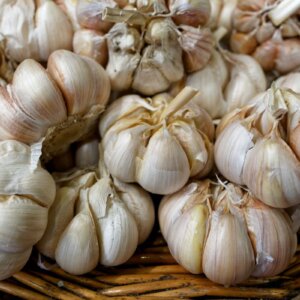


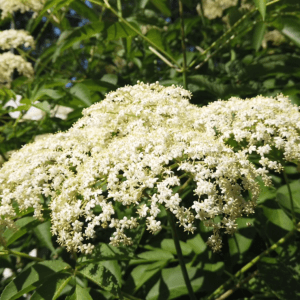





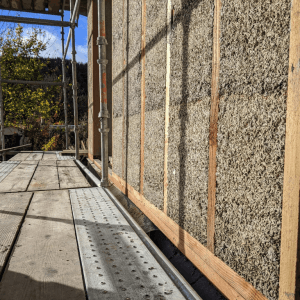

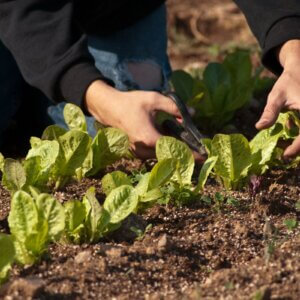


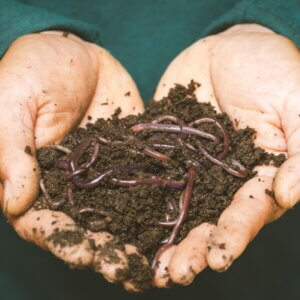

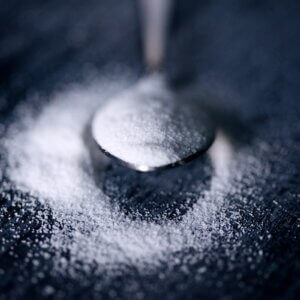




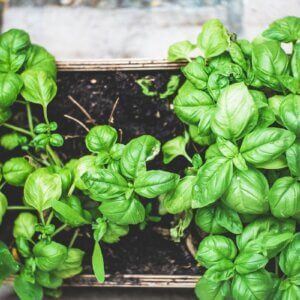
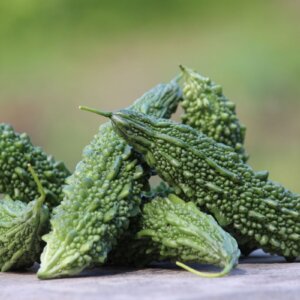


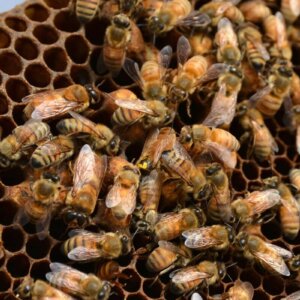


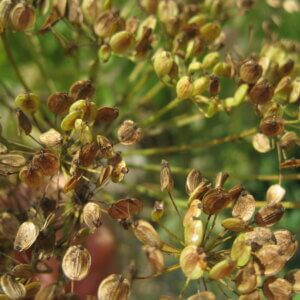



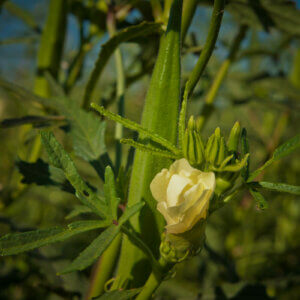





Leave a Reply